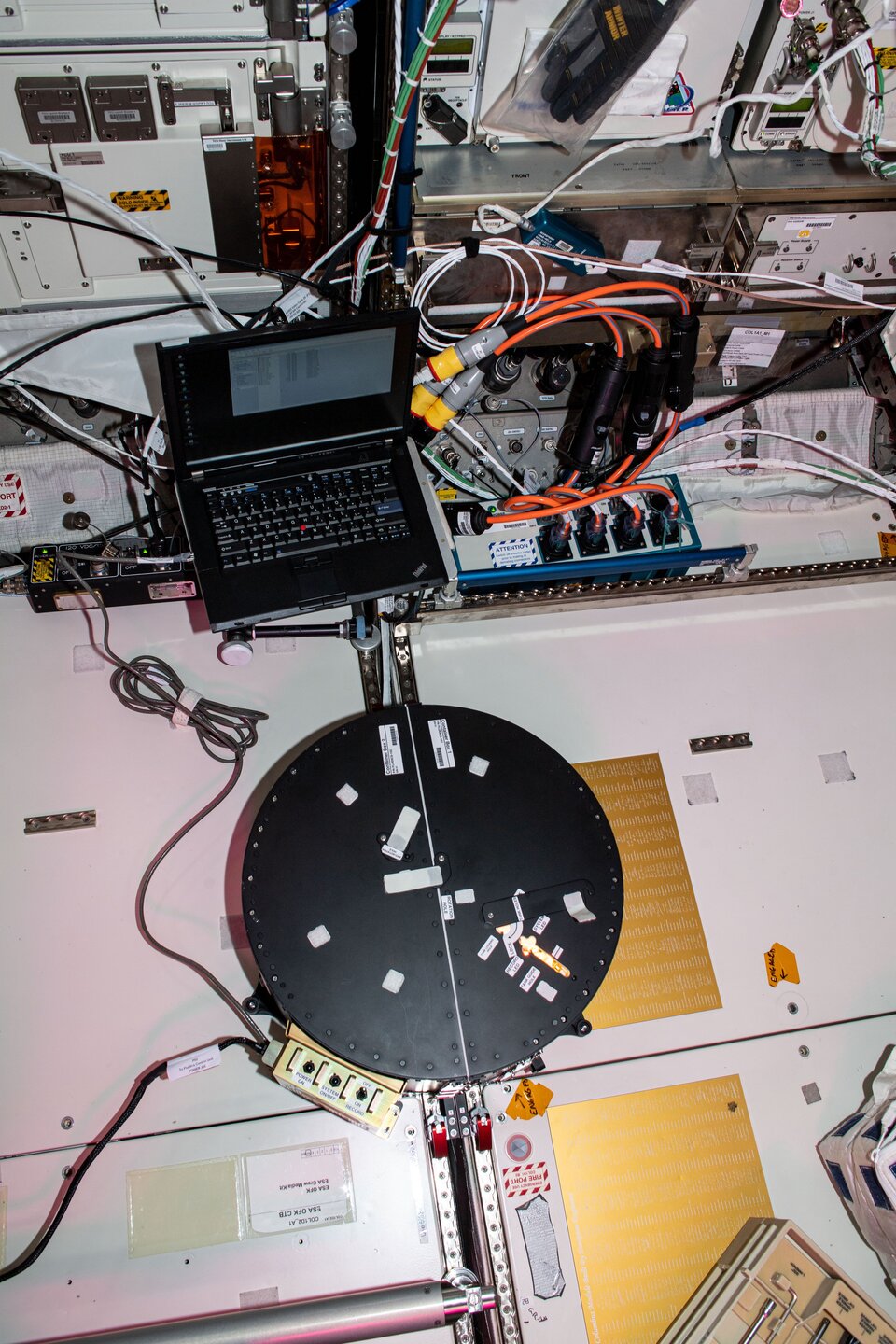Out with the old, in with the new and a stroll around the Station
A new year is traditionally a time to reflect and make some space for new beginnings. As many people on Earth have been making resolutions to finally eat healthier, exercise more, or pick up a book instead of turning on the television, however, there is little time for rest and reflection aboard the International Space Station.
January has been a busy month for the astronauts. The crew wrappped up some of the experiments, started new ones, and took a walk outside to prepare for even more science in the future.
Back to Earth

On 12 January, the SpX-21 Dragon capsule undocked from the Space Station, bringing with it some of the finished experiments. Among them are the BioAsteroid project, investigating how gravity affects the interaction between microbes and rock and its potential to extract useful minerals under different simulated gravity conditions like those found in different celestial bodies, like the Moon, Mars or even asteroids; the CNES CANES investigation, exposing plant prunes to microgravity conditions for an extended time period to determine whether they can grow into viable plants upon their return to Earth; human blood samples from the Myotones investigation that aims to understand the fundamental adaptation mechanisms of the muscular system in long-term human space flights; and all experimental containers from the Rotifer-B2 investigation, aiming to investigate the effects of microgravity on the DNA repair processes induced by exposure to ionizing radiation using microscopic zooplankton Bdelloid Rotifersas as the model organism. The capsule splashed down back on Earth on 13 January.
New projects

The Multiscale Boiling experiment in the Fluid Science Laboratory aboard the Columbus module, was also completed and the containers were removed on 26 January. This investigation focused on understanding the dynamics of boiling heat transfer by monitoring vapour bubbles formed under specific microgravity conditions. Upon completion, the sample containers were replaced with the Soft Matter Dynamics – Compacted Granulars experiment container, which started running on 27 January. This investigation will study the dynamics of granular particles in microgravity conditions to provide a better understanding of physical phenomena associated with assemblies of randomly packed granular matter, like sand and clay for example, many of which with potential impact to industrial processes.
Victor Glover set up France’s space agency CNES Fluidics experiment and performed the first three runs on 5 and 6 January. The project studies fluid dynamics in microgravity.
Spacewalk

Last but definitely not least, a walk outside the Station was performed in order to set the stage for future commercial opportunities. Astronauts Michael Hopkins and Victor Glover headed outside on 27 January for a nearly 7-hour walk to work on upgrades to the European Columbus module.
The upgrades included the installation of a Ka-band antenna unit and the connection of the Bartolomeo platform to the Columbus module. The Bartolomeo platform is a new external payload hosting facility that will be used primarily for commercial and scientific purposes. The Ka-band antenna, also known as ColKa, provides ESA with an independent connection between the Columbus module and ground stations, allowing for much faster delivery of scientific data and high-definition video to European scientists.
As sometimes happens when you’re traveling through the vacuum of space at 27 580 kilometres per hour, the crew ran into an extra challenge when cable connectors between the Bartolomeo platform and the Columbus module could not be secured as expected. With the help of the ground team, and their own improvisation skills, the astronauts managed to secure two of the four power connectors. The remaining two power connectors will be addressed during a future walk around the Station.















 Germany
Germany
 Austria
Austria
 Belgium
Belgium
 Denmark
Denmark
 Spain
Spain
 Estonia
Estonia
 Finland
Finland
 France
France
 Greece
Greece
 Hungary
Hungary
 Ireland
Ireland
 Italy
Italy
 Luxembourg
Luxembourg
 Norway
Norway
 The Netherlands
The Netherlands
 Poland
Poland
 Portugal
Portugal
 Czechia
Czechia
 Romania
Romania
 United Kingdom
United Kingdom
 Slovenia
Slovenia
 Sweden
Sweden
 Switzerland
Switzerland

























